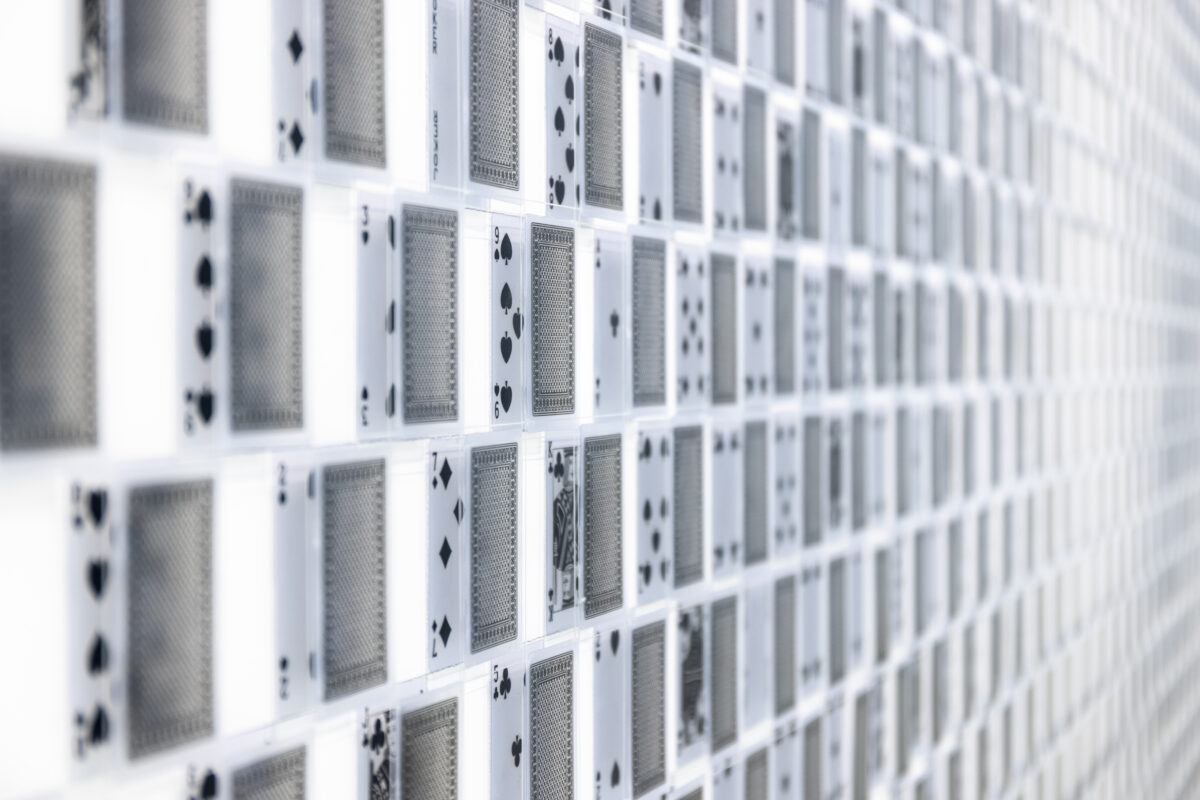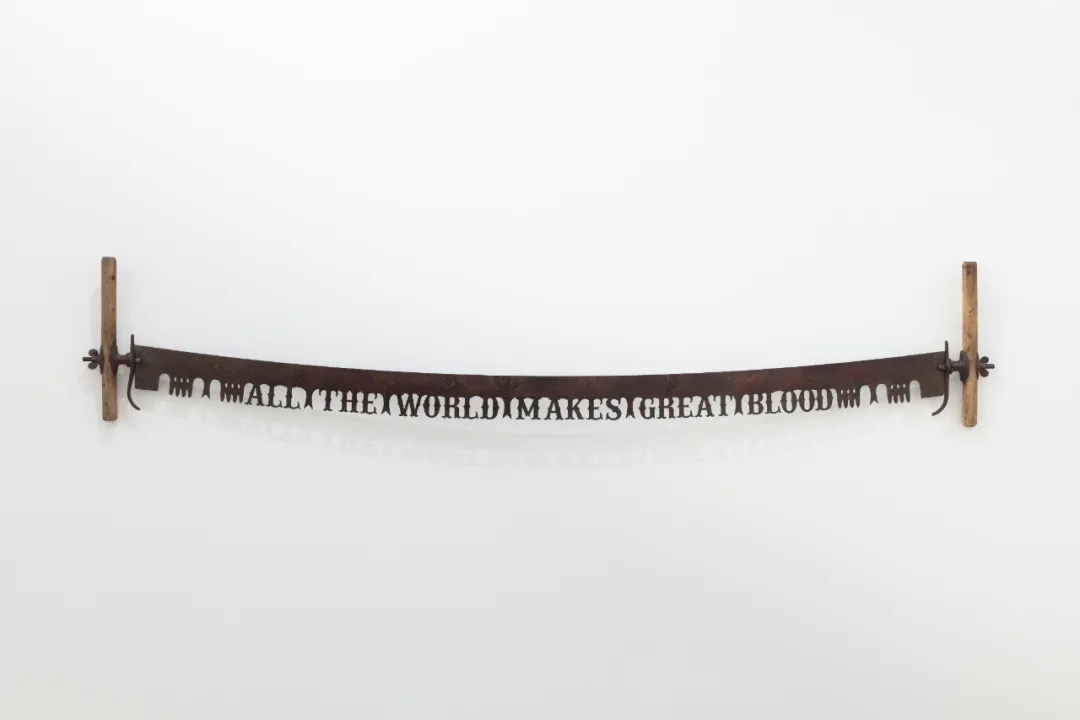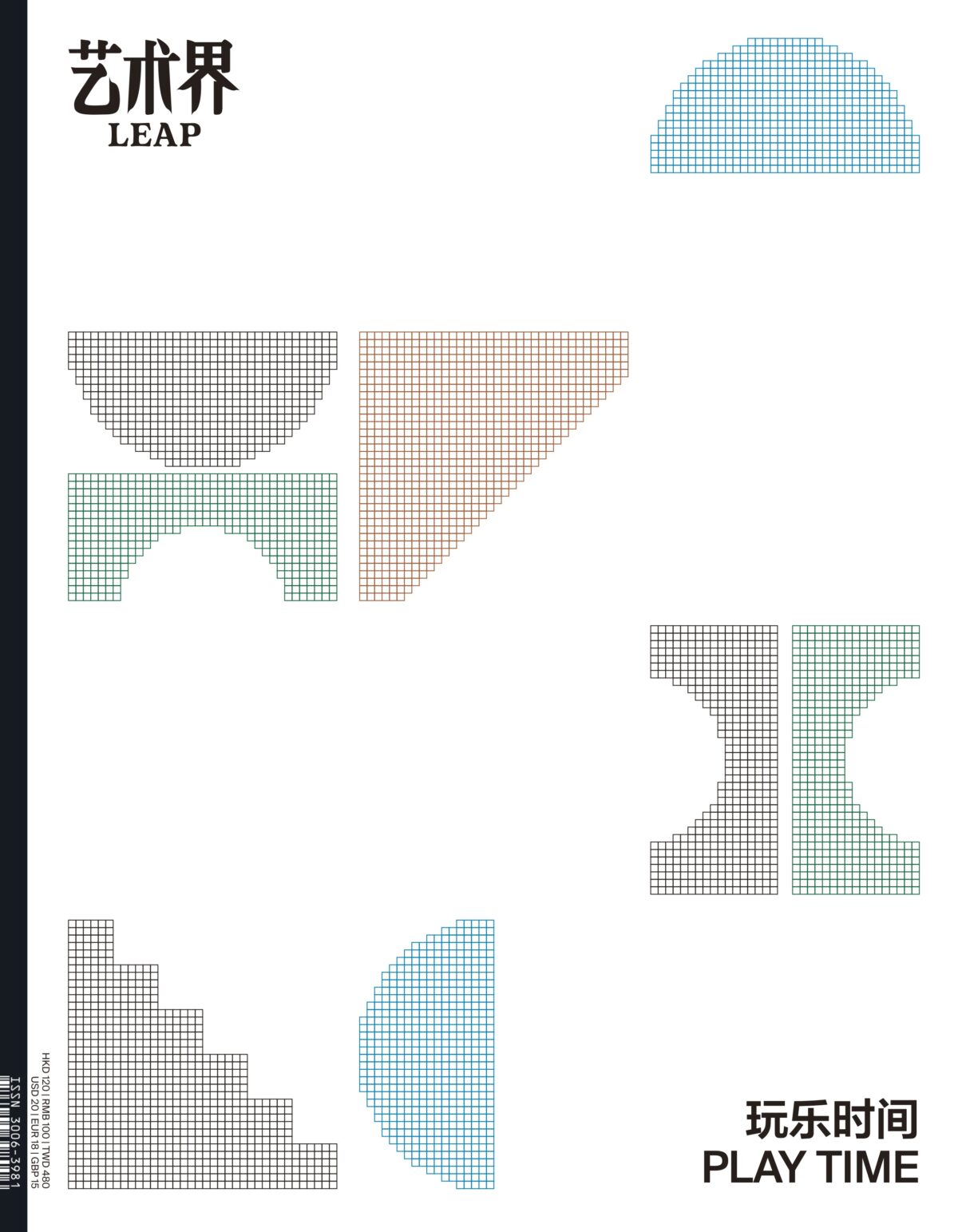When we see the history of film through the figure of the bianshi, the influence of vernacular drama (kabuki, glove puppetry, and pansori) is always immanent, that the birth of film is not simply a rupture with the legacy of the theater. In this vein, we can use Chen Chieh-jen’s idea of yaoyan film to ex-scribe a birthdate for yaoyan-style film. The year is 1926, in the moment in which Taiwan’s bianshi started to create countless anti-colonial film memories for audiences.
Read MoreOn the ocean that is memory
Read MoreHowever, the law of loss and gain is never consistent when put against a timeline. Cognitive dissonance seems to be the only constant in time.
Read MoreWhen the calibrated verbal expressions still assume their roles as the predominant majority to reinforce themselves, how shall we interpret the sense of touching and its absence?
Read MoreTherefore, it is not a question of whether it is a good match, but the proportion of proximity and pace which gives relationships the character of complexity.
Read MoreThe details of life are the only thing left to say.
Read MoreWe don’t force ourselves to produce or obey.
Read More“I know the secret of steamed rolls,” the letter read.
Read MoreThere are convoluted, bewildering little things everywhere. We are situated in different places, but perhaps can try to chart them at the same time.
Read MoreCan we unleash our imaginations further on the basis of such a relationship, in critical ways?
Read MoreSome sort of correlation and pattern rippled through their orchestrations: perhaps a yearned-for, not-yet-attained object, or some pursued, forgotten object, which greatly exceeded the scope and expectations of the individual.
Read MoreNo era is ever too good for art, and none too bad.
Read MoreWe’re connected by crafting out a shared space.
Read MoreIn the process of recognizing instead of knowing, a discrepancy always exists and, in some cases, are never reclaimed.
Read MoreThe presence of the body becomes a variable in a given place, allowing the real encounters to take place—even today, when technological media can realize actual functions with virtual objects, bodily feelings can still illuminate the relationship between human beings and the others, which is what we should see through the lens of technology.
Read MoreEvery self-organizated community needs to confront the tasks of mutual aid and care with urgency. Overwhelmed by structural stress and anxiety, abstract beliefs alone can no longer generate heartfelt connections among us.
Read MoreHow can performance art, which is essentially an ephemeral occurrence, negotiate with the extensive temporality of nuclear catastrophe and the fragility of traumatic memories?
Read MoreA series of utterly ordinary things – a bulge on the trunk of a wutong tree, rubber gloves hanging from the handlebar of an electric scooter, a waterproof jacket on a washing line, some ethereal glimmers on the fencing around a construction site—that nonetheless inspire a certain uncanny feeling inside us.
Read MoreAlthough deliberate confusion of time implies something too nostalgic for digestion, it calls out a suppressed desire for the ghostly echo of the “past” ringing in “now” and “future.” It also renders various derivative points about being sarcastic with the objects to prefer nature to culture, ornament to function, instinct for death to drive for life, and sex drive to intellectual drive—being pared down to a new cycle of extraction, fermentation, condensation, and transpiration.
Read MoreBy imagining a “nether world” that is also euipped with economic, political and cultural aesthetic systems, the plea of the artist that “the netherworld should break away from all the domination from the world of the livings” has its relevance winding in our realities.
Read More






-1200x704.jpg)








,2021,剧场游戏:流体愈学,摄影:潘燕楠-1200x800.jpg)







